Background: Blockchain networks rely on a spread-out system of computers running constantly and are approving new transactions before adding it to the irreversible blockchain. There are two main types of blockchains: Proof of Work (PoW) and Proof of Stake (PoS).
Why would someone want to do this and do it by the rules? Miners are incentivized through rewards and bear risks when mining. If they act honestly, efficiently, and correctly, they receive Bitcoin as a reward. If they don’t, they lose money due to electricity costs and the initial capital investment required to set up their equipment.
Proof of Work (PoW): This is used by Bitcoin. People use computers to solve complex puzzles. When done honestly and correctly, they are rewarded with Bitcoin.
Proof of Stake (PoS): This is used by Ethereum. People (validators) stake their Ethereum and are rewarded with additional Ethereum in the future for validating transactions.
Both blockchains rely on a consensus mechanism—a method that allows a bunch of random people and computers to reach overall agreement on various matters. This process helps ensure trust, security, and consensus across the blockchain.
Proof of Work Overview: Bitcoin uses Proof of Work (PoW), where miners (people running computers constantly) use electricity and capital to verify and add new blocks of transactions to the blockchain. If they perform this task honestly and correctly, they are rewarded with Bitcoin, though the reward amount decreases every four years (a process known as halving). The downside of PoW is that it uses a lot of money and electricity to keep running. This high resource consumption is one reason why Ethereum transitioned to Proof of Stake (PoS) for its digital assets.
Proof of Stake Overview: Because Proof of Work (PoW) was considered too costly by many in the space, the concept of Proof of Stake (PoS) was developed. Ethereum now uses this method. In PoS, people stake their Ethereum to earn rewards over time. PoS is much more energy-efficient than PoW. Instead of buying and setting up multiple computers to mine Bitcoin, you only need a wallet and an account on a centralized exchange like Coinbase or Gemini (though using these platforms typically involves transferring ownership and paying fees). This approach makes staking more accessible to everyday people, whereas Bitcoin mining has evolved into a large-scale industry, pushing out hobbyist miners. As more people participate in staking, the network’s security increases.
Terms to know
Staking Lock-Up Periods: This refers to the length of time your Ethereum will be locked in a custody account, during which you won’t be able to sell or transfer it.
Staking Minimums: Running your own Ethereum staking node (without using a service like Coinbase or Gemini) is more complex and requires a minimum of 32 Ethereum to start staking. If you use a centralized exchange (CEX) like Coinbase or Gemini, you can stake any amount since funds are pooled together to meet the 32 Ethereum requirement.
Staking Withdraw Time: This is the time it takes to un-stake your ETH. The minimum withdrawal period is 28 hours, but it can vary depending on the staking provider you use
[link] [comments]

You can get bonuses upto $100 FREE BONUS when you:
💰 Install these recommended apps:
💲 SocialGood - 100% Crypto Back on Everyday Shopping
💲 xPortal - The DeFi For The Next Billion
💲 CryptoTab Browser - Lightweight, fast, and ready to mine!
💰 Register on these recommended exchanges:
🟡 Binance🟡 Bitfinex🟡 Bitmart🟡 Bittrex🟡 Bitget
🟡 CoinEx🟡 Crypto.com🟡 Gate.io🟡 Huobi🟡 Kucoin.



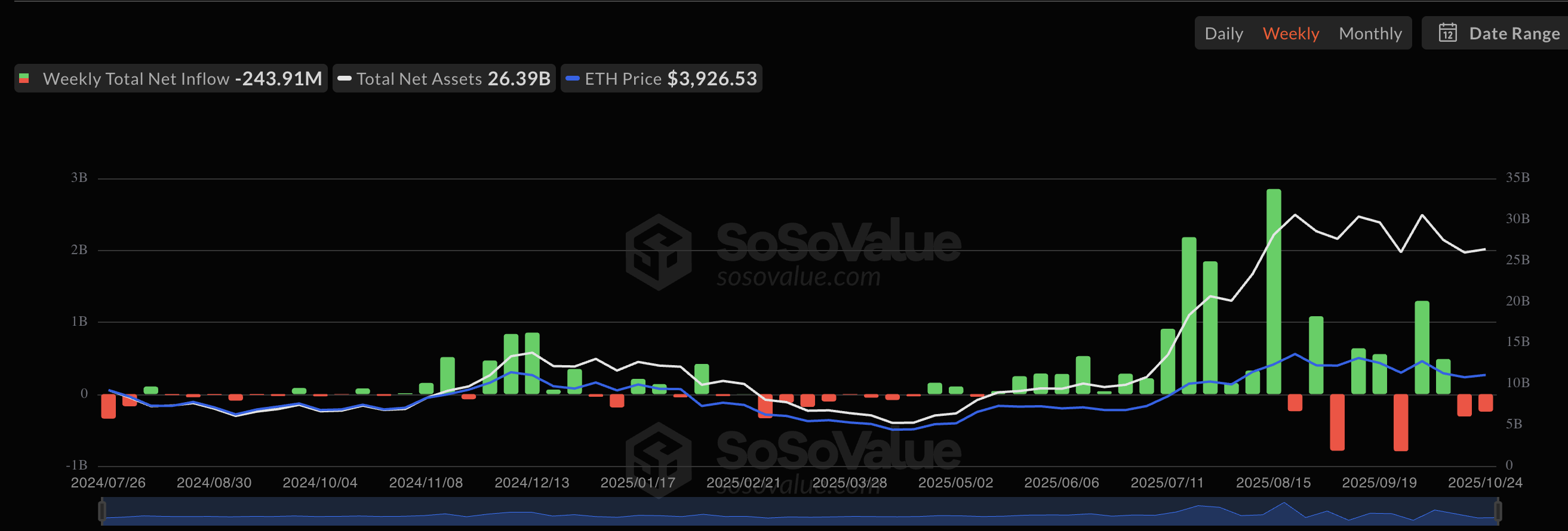

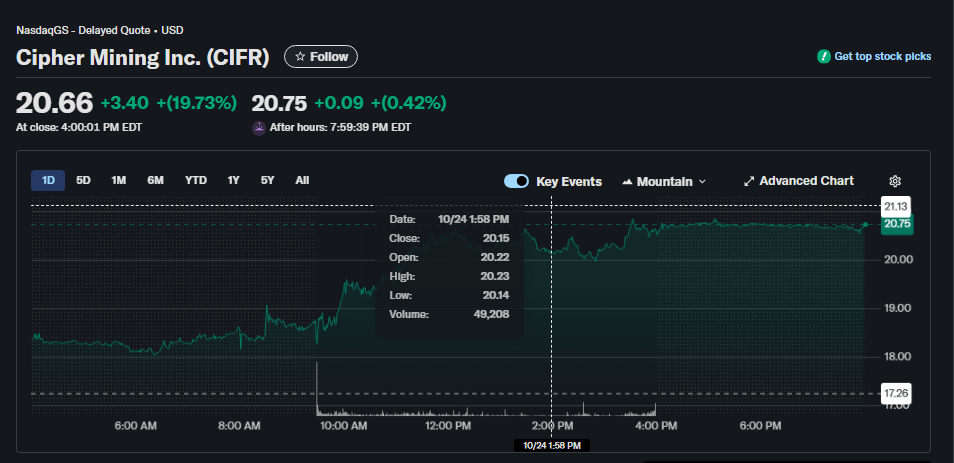
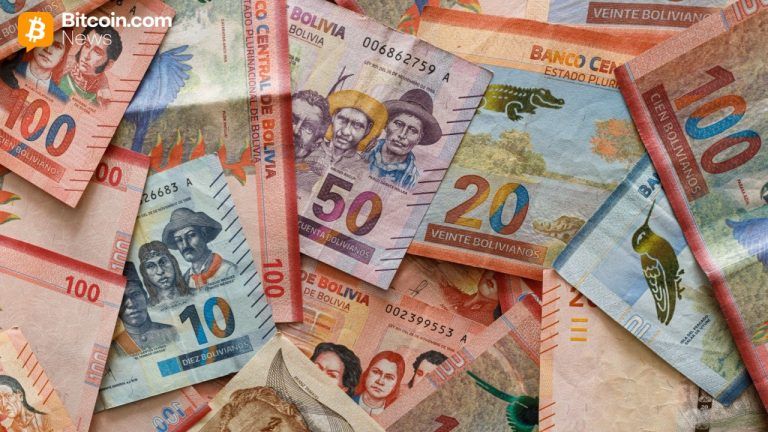




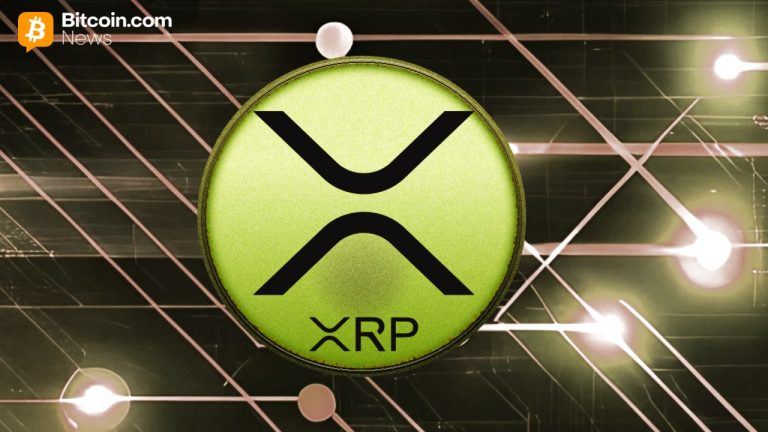


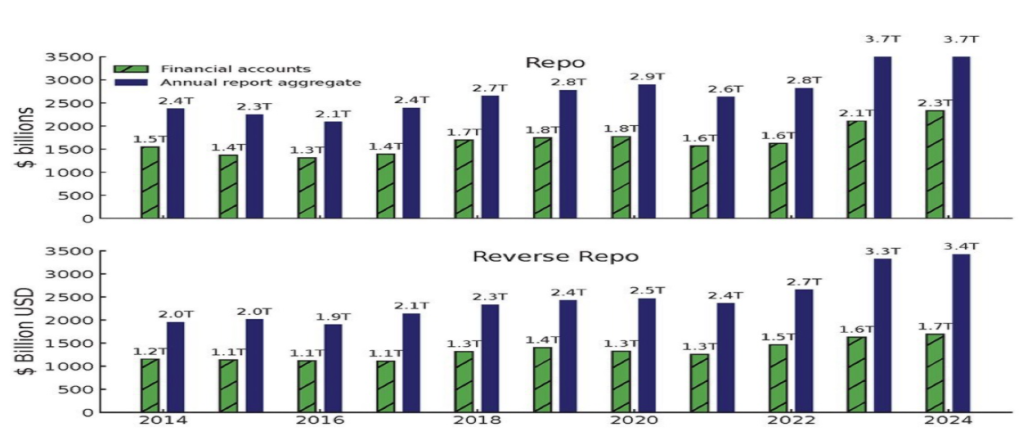

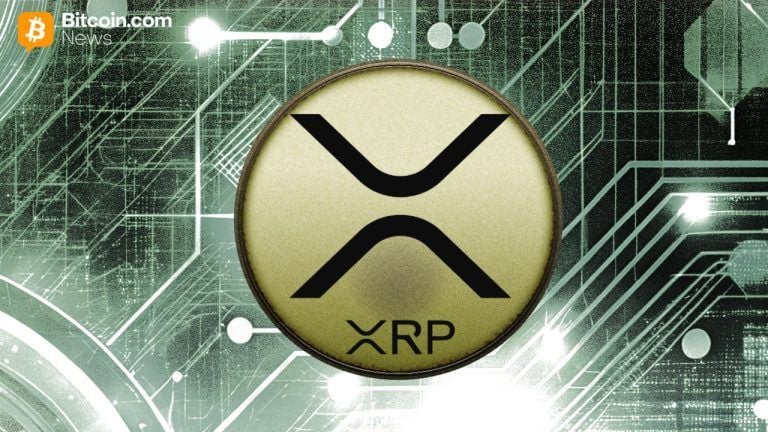



Comments